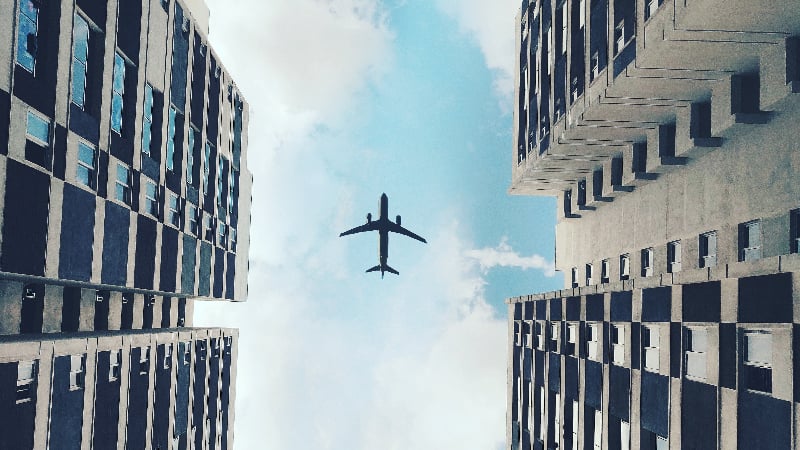Shipping’s hard-to-abate peers face decarbonisation hurdles
Comparing shipping’s progress on climate change with other modes of freight transport and its own industrial customers shows varied challenges with common obstacles and solutions.

Steel production accounted for 8% of global carbon emissions from the energy sector and 30% of industrial carbon emissions, according to a 2021 International Energy Agency (IEA) report, making the industry’s decarbonisation a priority on par with shipping. Steel industry ambitions and timelines differ to those in shipping, but there is a similar trend – progress is being made, but the industry is not on track to meet its targets, according to the International Energy Agency (IEA). To meet a global net zero target in 2050, the steel industry must cut emissions by 90% from 2020 levels by 2050.
National and company decarbonisation pledges by steel manufacturers are increasing in ambition, but there is much progress left to be made on green steel production. Promising new low carbon production methods involving carbon capture and hydrogen lack industrial maturity, and so new and planned steel production capacity leans towards traditional carbon-intensive furnaces, which risk becoming stranded assets, according to a 2022 Organisation for Economic Co-operation and Development (OECD) report.
The IEA advocates for stronger policy support for decarbonising steel production, including carbon pricing, investment in R&D, and incentivising steel recycling. The latter could have a significant impact on future tonne-mile demand for iron ore.
Aviation faces similar decarbonisation challenges to shipping: a reliance on fossil fuels, a need for energy dense fuel, and the complexities of international operations. Like shipping, a lower carbon future for aviation relies on sustainable fuels. For both industries, sustainable fuel production and infrastructure require development, but low carbon hydrogen production and liquid hydrogen storage poses a “huge technical and industrial challenge” for aviation, said IEA.
Policies such as fuel taxation and funding of technological innovation are identified as essential to meeting decarbonisation targets in shipping and aviation; in each sector the industry leads calls for greater ambition at UN global regulators such as the International Maritime Organization and the International Civil Aviation Organization.
A 2022 IEA report marked aviation as “not on track” to meet its net zero 2050 scenario along with international shipping, trucks and buses, aluminium, buildings, energy efficiency, chemicals, cement, and more. Cars and vans earned a “more effort needed” rating along with rail, while electric vehicles and lightning were awarded the only “on track” ratings.
Related content

Carbon mechanism could knock 12% off EU industrial imports

Coal trade reshuffled amid energy crisis

Clean Energy Ministerial: boosting shipping’s role in the global energy transition
